Cost Efficiency
Cost efficiency is a vital driver for the Paper and Cardboard for Pharmaceutical Packaging Market. As competition intensifies, pharmaceutical companies are under pressure to reduce operational costs while maintaining product quality. The use of paper and cardboard packaging is often more cost-effective compared to plastic alternatives, particularly when considering the entire lifecycle of the packaging. Recent studies suggest that companies can achieve up to a 25% reduction in packaging costs by switching to paper and cardboard solutions. Additionally, the lightweight nature of these materials can lead to lower shipping costs, further enhancing overall cost efficiency. Consequently, the Paper and Cardboard for Pharmaceutical Packaging Market is likely to see increased adoption of these materials as companies seek to optimize their packaging strategies and improve their bottom line.
Consumer Preferences
Shifting consumer preferences are significantly influencing the Paper and Cardboard for Pharmaceutical Packaging Market. As consumers become more health-conscious and environmentally aware, there is a growing demand for packaging that reflects these values. Research indicates that approximately 70% of consumers prefer products with sustainable packaging, prompting pharmaceutical companies to reconsider their packaging strategies. This trend is further fueled by the rise of e-commerce, where packaging plays a critical role in the unboxing experience. Companies are increasingly focusing on creating aesthetically pleasing and functional packaging that enhances user experience while also being environmentally friendly. As a result, the Paper and Cardboard for Pharmaceutical Packaging Market is likely to evolve to meet these changing consumer expectations, driving innovation and market growth.
Regulatory Compliance
Regulatory compliance remains a crucial driver for the Paper and Cardboard for Pharmaceutical Packaging Market. Stringent regulations governing pharmaceutical packaging are in place to ensure product safety and efficacy. These regulations often mandate specific packaging materials and labeling requirements, compelling manufacturers to adapt their packaging solutions accordingly. For instance, the introduction of new guidelines by health authorities has led to a 15% increase in demand for compliant packaging materials. Companies that fail to adhere to these regulations risk facing penalties and product recalls, which can significantly impact their market position. Therefore, the need for compliant packaging solutions is likely to drive innovation and investment in the Paper and Cardboard for Pharmaceutical Packaging Market, as firms strive to meet these evolving standards.
Sustainability Initiatives
The increasing emphasis on sustainability is a pivotal driver for the Paper and Cardboard for Pharmaceutical Packaging Market. As environmental concerns gain traction, pharmaceutical companies are progressively adopting eco-friendly packaging solutions. This shift is evidenced by a reported 20% increase in the use of recyclable materials in packaging over the past few years. The demand for biodegradable and compostable packaging options is also on the rise, as consumers and regulatory bodies alike advocate for reduced plastic usage. Consequently, manufacturers are innovating to create sustainable paper and cardboard products that meet these evolving standards. This trend not only aligns with corporate social responsibility goals but also enhances brand image, potentially leading to increased market share in the Paper and Cardboard for Pharmaceutical Packaging Market.
Technological Advancements
Technological advancements are reshaping the Paper and Cardboard for Pharmaceutical Packaging Market, driving efficiency and innovation. The integration of smart packaging technologies, such as QR codes and NFC tags, allows for enhanced traceability and consumer engagement. These technologies enable pharmaceutical companies to provide critical information about product authenticity and usage, thereby improving patient safety. Moreover, advancements in printing technology have led to more vibrant and informative packaging designs, which can enhance brand visibility. The market has seen a notable increase in the adoption of automated packaging solutions, which streamline production processes and reduce labor costs. As a result, the Paper and Cardboard for Pharmaceutical Packaging Market is likely to experience growth as companies leverage these technological innovations to meet consumer demands and regulatory requirements.


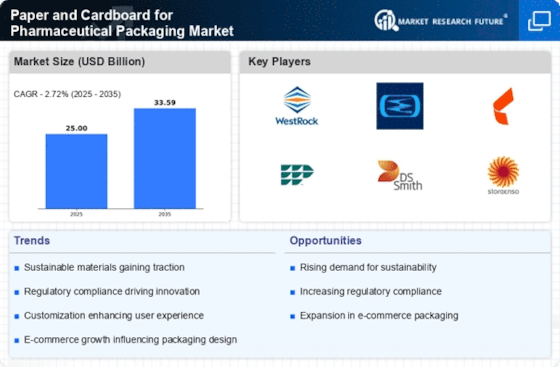
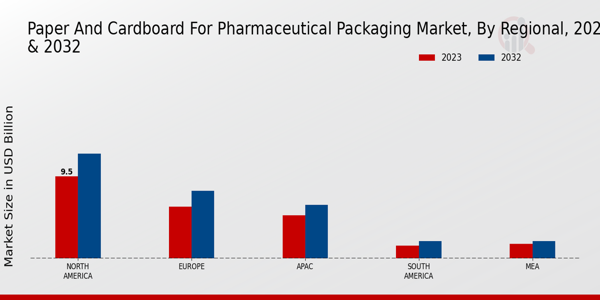
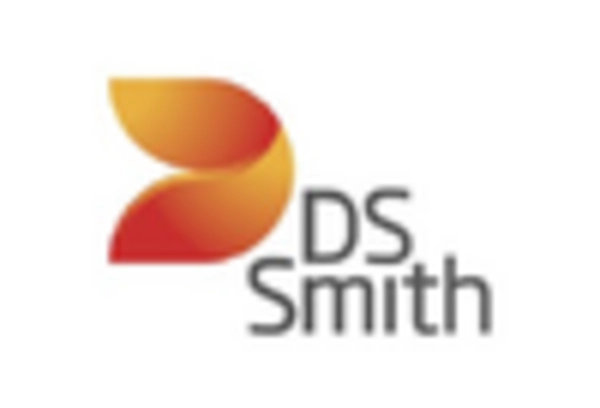
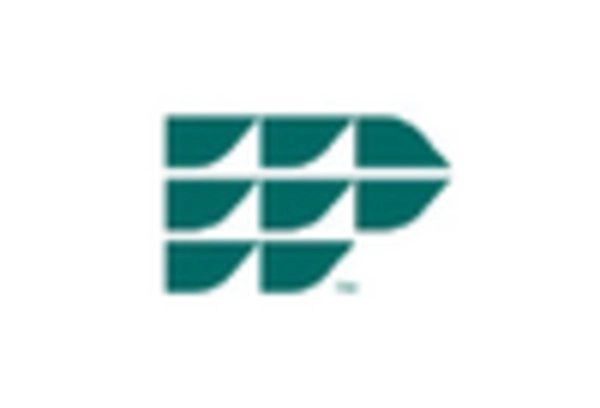

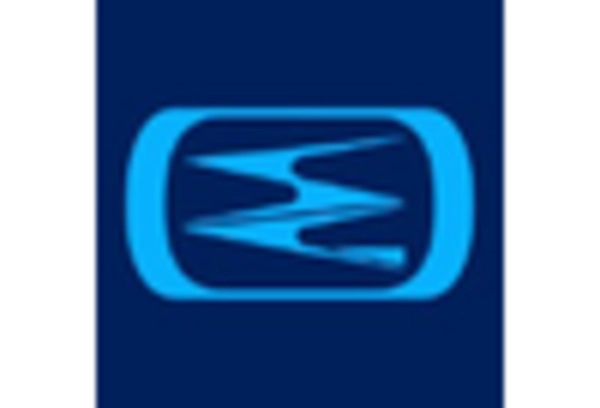
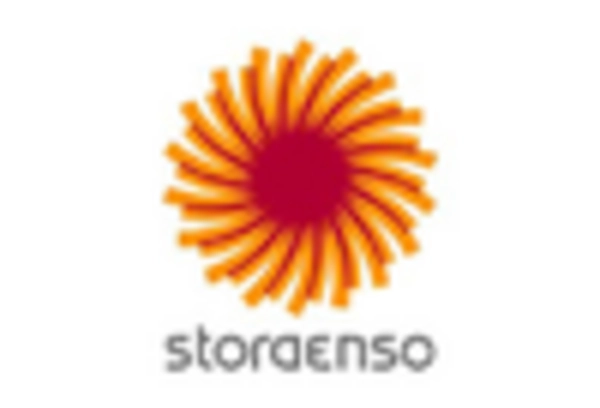
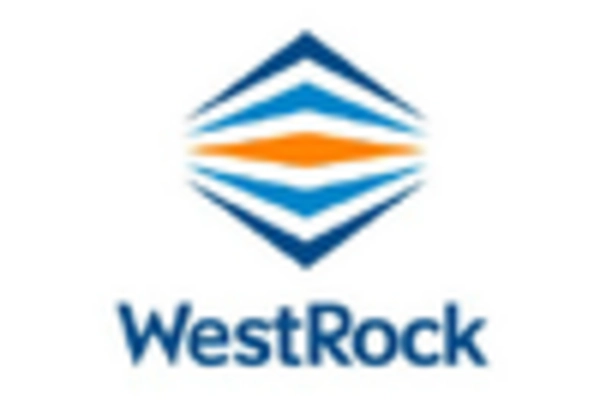








Leave a Comment